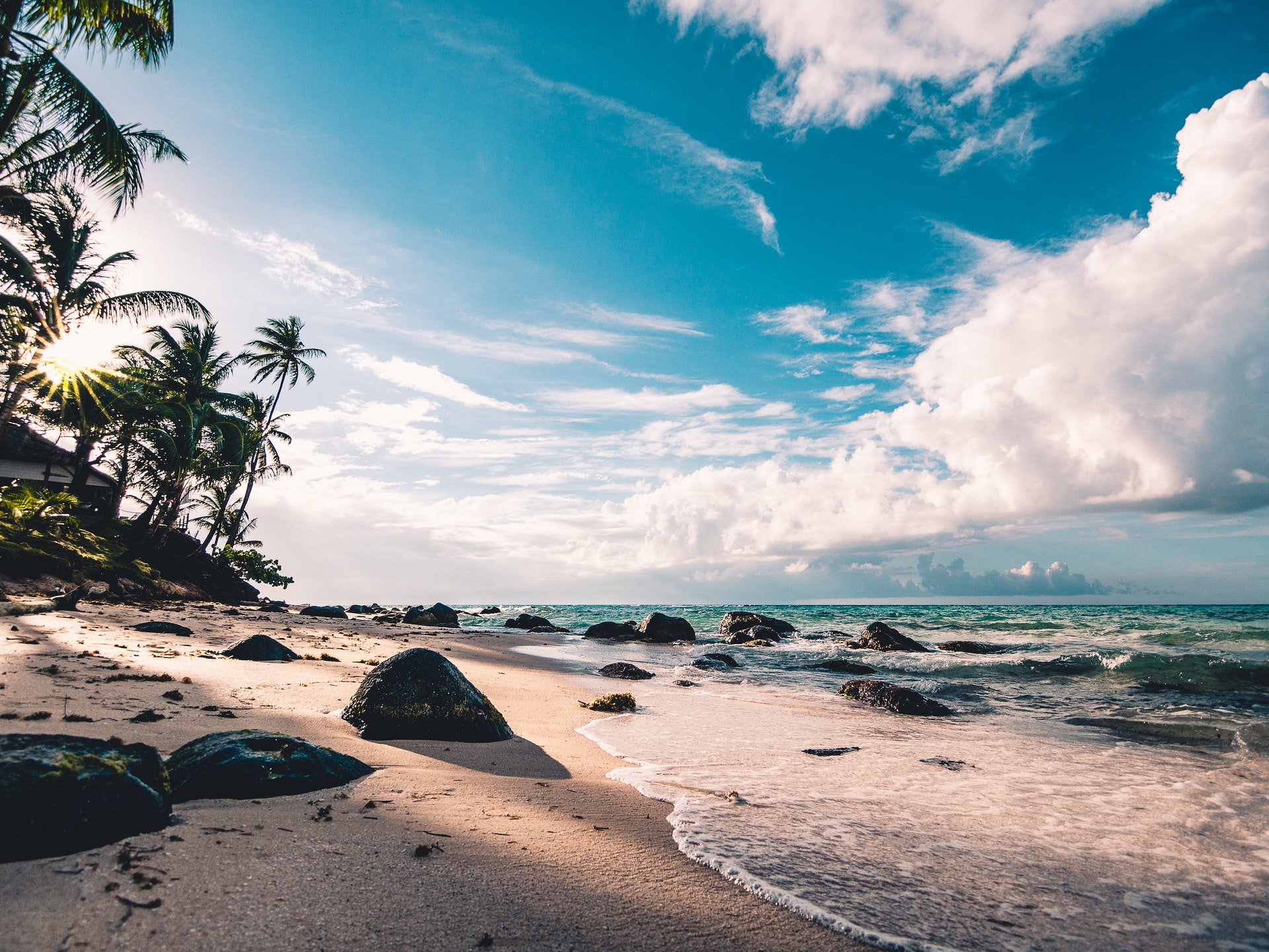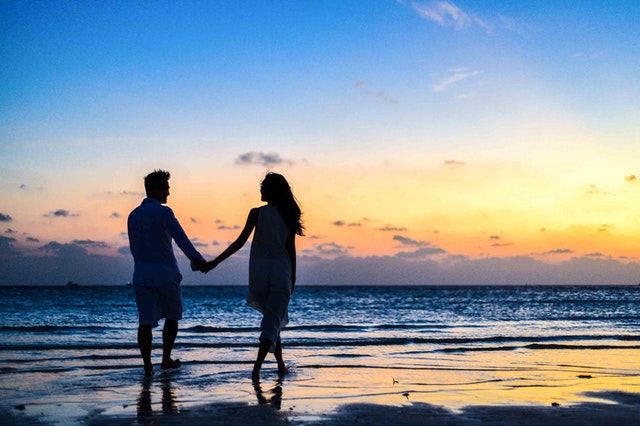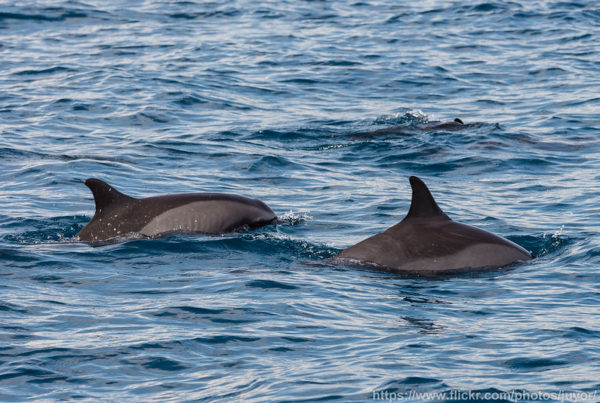As a travel writer, I spend a lot of time away from my kids, exploring different corners of the world. Sometimes, I breathe in, relax and thank the heavens above that I’m there alone. There are times when I know that a certain destination is a place I will definitely return to with my family.
The Solomon Islands are like that for me. It’s a gloriously simple destination, a place where very few decisions will need to be made. US psychologist Barry Schwartz argues that in developed nations like ours we face too many options and that making choices day after day leads to anxiety and stress. While in the Western Province last October, there were no decisions to make. The menu items were limited, the excursions were almost non-existent, the wifi weak and television a rarity. Tourism is only just warming up here.
Living in today’s hectic society, my kids are bombarded with choices; whether to watch Netflix or Stan, what to eat at a cafe or restaurant, which after-school sports or classes they would like to take, which primary school leadership positions they should apply for, which subjects to choose in high school, which clothes to wear, which apps to download, and so on.
That’s a lot of decisions for young minds to have to contemplate each day. But take them to an unspoilt, pristine place like the Solomon Islands, where there aren’t so many choices, and I’m sure they’d be able to switch off a little bit and de-stress.
The kids in the Solomon Islands are joyful. It’s hot all the time so they are forever tumbling off the pier into the bright, clear ocean, running back onto the shore and doing it again. Nothing to think about except which kind of spectacular dive you might attempt next.
When evening falls, the kids go home. No expectations, no buses, no dramas, they just wander home, barefoot, their energy spent.
Other items of interest in this part of the Western Province are war relics and historical artefacts. Children of our time are relatively unaffected by war. The fighting in the Pacific during WWII is a distant memory. The stories told by those soldiers have long since died with their great-grandparents, but the Peter Joseph War Museum is an incredible collection of WWII weapons that kids will never forget. On display is a variety of bayonets, daggers, and the occasional hand grenade. All of these items can be handled at the museum, an incredibly rare and remarkable experience.
People here live in villages and a well-defined set of cultural expectations still rules their behaviour. Kids respect their elders and they help their communities. Everyone has roles and responsibilities to fulfil. Children here know that they are the future of this country and it’s up to them to maintain their culture and preserve their heritage.
Listening to children speaking in the inaugural speech competition at the Roviana Lagoon Festival, I was impressed by the depth of tribal knowledge these kids shared with their audience. One girl spoke of many cures for ailments; natural cures that her mother and grandmother had passed on to her. For a sore, red eye, dive down deep and open your eye into fresh running water, for a skin condition, use a particular plant from the village garden and make it into a paste with other ingredients then apply to the skin. The children spoke of reverting to a more historical diet because the processed foods they were buying from the shop were making them sick and unhealthy, they spoke of respecting their values as a community, and about the state of the environment in which they lived.
What I hope, when we return, is that my kids will be like island kids; they will swim and snorkel and splash and play like it is the only thing in the world worth doing. And, frankly, when the sun is hot and the sky is eternally blue, there’s nowhere else I’d rather be.






